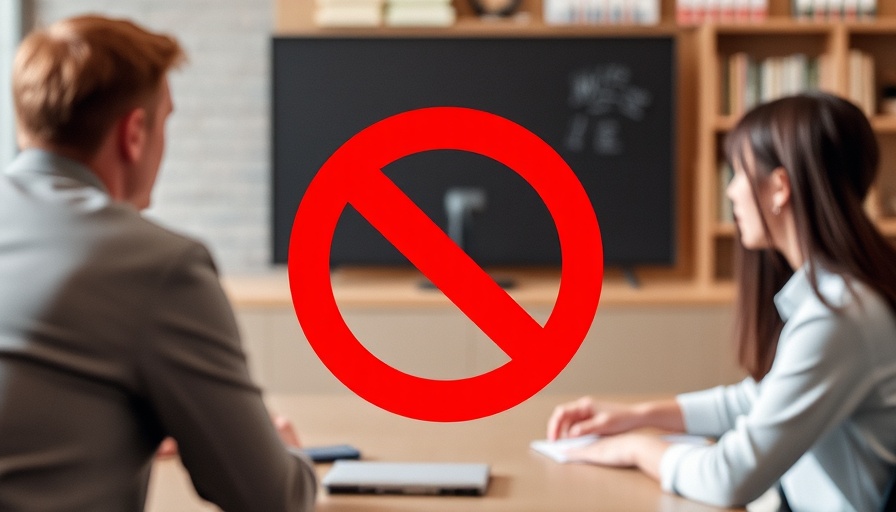
Understanding the Role of Bias in Coaching
As a coach, the issue of bias might seem like a clear-cut dilemma: it’s generally perceived as something to avoid. However, looking deeper reveals a more complex relationship between bias and effective coaching strategies. Bias isn't always negative; it can provide valuable insights when wielded appropriately. Coaches should recognize both positive and negative biases, understanding when to leverage them to support their clients’ journeys.
Why Embracing Your Unique Coaching Style Matters
Every coach brings their own unique experiences, beliefs, and biases to the table. These elements shape the way one interacts with clients and fundamentally influence coaching outcomes. For predominantly female educators aged 35-60, embracing a coaching style that includes personal perspectives can foster connections that enhance trust and rapport. It's important to integrate personal insights into coaching approaches, rather than suppress them entirely, as this authenticity can lead to deeper client engagement.
Positive Bias: A Framework for Empowerment
Rather than viewing bias solely as a hindrance, consider how it can empower both coaches and clients. Positive biases can help coaches focus on strengths, enabling clients to visualize their goals more clearly. By consciously working from a place of strength, coaches can propel their clients towards success by helping them see their potential and capabilities. This shift from a deficit mindset to a strengths-based framework is particularly beneficial in a coaching context.
Counterarguments: Critiques of Bias in Coaching
Critics argue that bias in coaching can lead to misjudgment, potentially clouding a coach’s perspective and hindering a client’s growth. This is a valid concern, as unchecked biases might lead to favoritism or reinforce stereotypes. However, the acknowledgment of biases allows coaches to become more aware and intentional in their methods, allowing for informed decisions that consider clients' varied backgrounds.
Actionable Insights: Creating a Balanced Coaching Framework
To effectively incorporate bias into coaching, start by fostering self-awareness. Reflect on personal biases and how they might manifest in coaching practices. Setting aside time for professional development that focuses on diversity, equity, and inclusion can also help coaches create environments that are sensitive to all clients' experiences. This transparency not only improves the coaching process but also enriches the overall learning experience for both parties.
The Impact of Bias on Educators in the Classroom
For teachers and educational leaders, understanding how bias plays into their interactions with students can be transformative. Highlighting positive biases can help educators identify and nurture students' unique strengths rather than focusing on their shortcomings. This approach resonates particularly with female educators who may have keen insights into the emotional landscapes of their students, thereby fostering a supportive classroom atmosphere.
Future Predictions: The Evolving Landscape of Coaching
As the field of coaching continues to evolve, it’s likely that more professionals will recognize the multifaceted nature of bias. Emphasizing an approach that acknowledges biases in a constructive way may become a cornerstone of coaching methodologies in educational settings. As we navigate towards a more inclusive environment for both coaches and clients, this shift might redefine the effectiveness of coaching practices.
In conclusion, it’s essential to acknowledge that while bias presents challenges, it can also serve as a catalyst for growth and creativity in coaching. To implement progressive strategies in your practice, consider your unique strengths and how they impact your coaching relationships. By doing so, you will not only enrich your coaching experience but also empower your clients.
 Add Row
Add Row  Add
Add 




 Add Row
Add Row  Add
Add 

Write A Comment